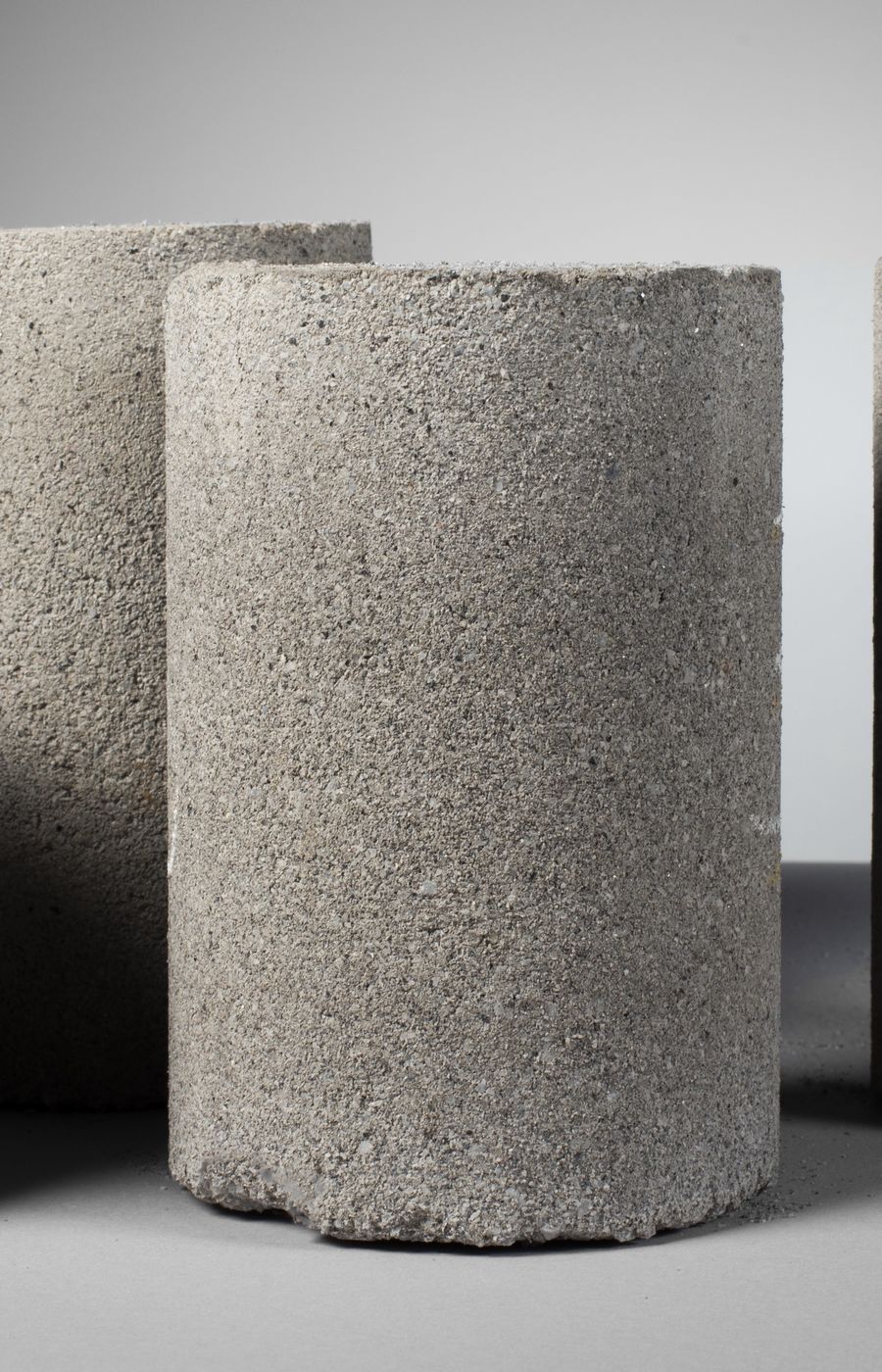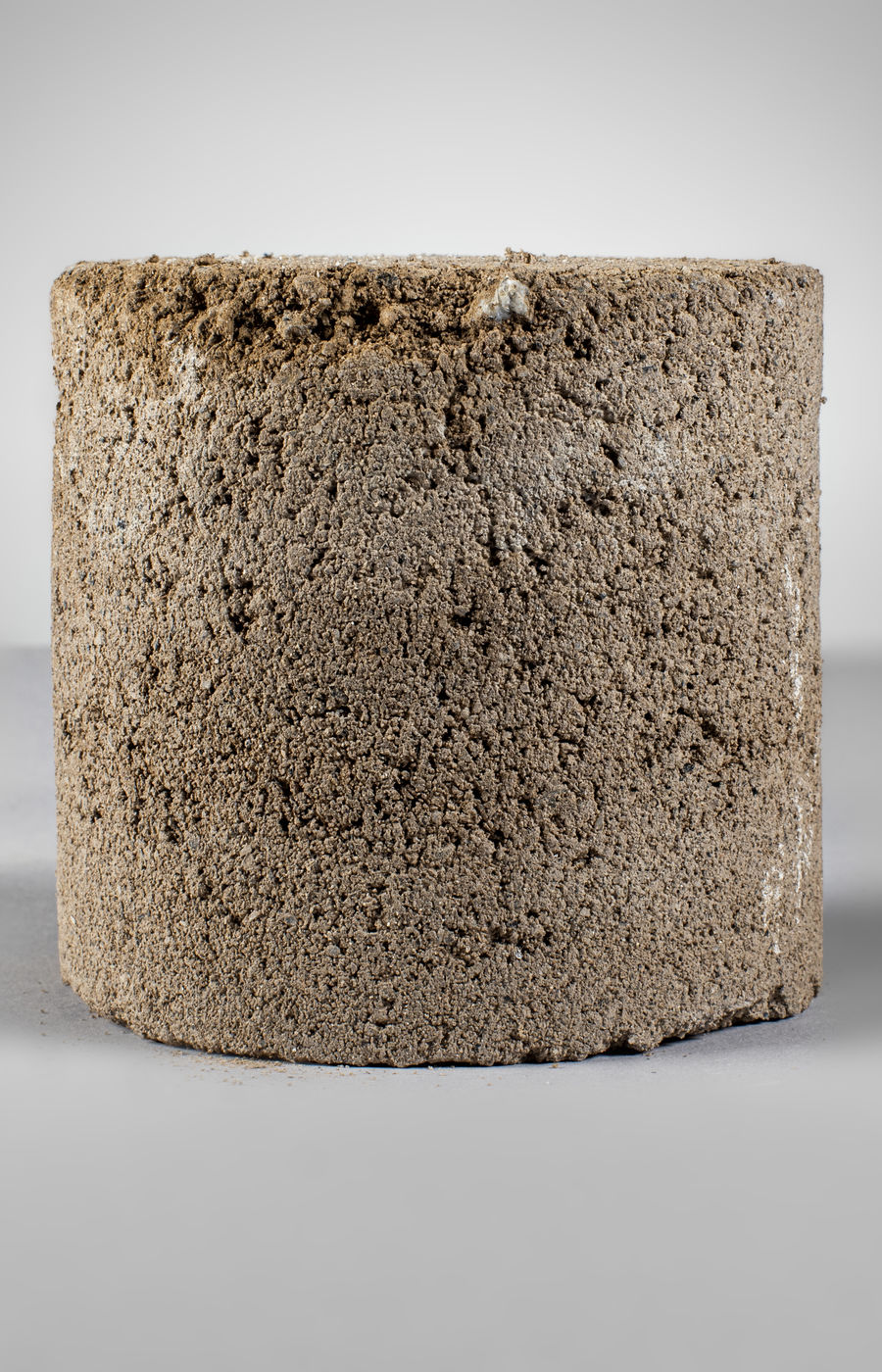
Rammed earth technique
Ancient methods in a modern context
The world’s most famous structures like the Great Wall of China and the Alhambra are stunning, but they’re also very much down to earth. They have been built using the rammed earth technique, one of the oldest and most ecological building traditions in the world.
Rammed earth construction mixes sand, gravel and clay together with water and a stabilizer, which in ancient cultures could be animal urine, plant fibers or even blood. The materials are jam-packed – or rammed – layer by layer inside a temporary mould. The mould is then removed once the mix has dried and hardened. In the right climate and with the right moisture content, rammed earth walls are very sturdy and resistant to both moisture and wind.
Because of the unique benefits it offers, architects, engineers and builders are increasingly turning to this age-old technique. When done right, rammed earth is low-carbon and fully circular: the materials can be sourced locally, the technique uses simple tools and doesn’t require additional energy such as kiln firing, and the structure can be fully recycled at the end of its lifespan.

However, we need more research on how to better protect the rammed earth surface, increase its mechanical durability, define its long-term performance and reduce shrinkage. Notably, rammed earth is still an unregulated construction technique in most countries.
This is why the construction sector has seen many variations of rammed earth in the past decades. Often, cement is added as a stabilizer to the original soil mix. This is of course a lesser evil than building with pure concrete, but it is obviously a far less sustainable and recyclable option than using natural raw materials only.
Aalto University researchers are exploring rammed earth with different local waste and recycled materials. Professor Leena Korkiala-Tanttu’sgroup is collaborating with companies within the Helsinki region and experimenting with industrial wastes and by-products. So far, the group has made different kinds of mixes out of recycled rock ash from construction sites, recycled and crushed concrete from demolition sites and bottom ash from burned municipal waste. As a stabilizer, they have used coal ash provided by energy companies.
So could rammed earth help break concrete's hold over the construction industry? After all, it is made using a simple process involving no fossil energy and generates zero CO2 emissions. The answer is maybe – if we are able to ram together research, education, policy and the wider industry to create a more circular approach to construction.